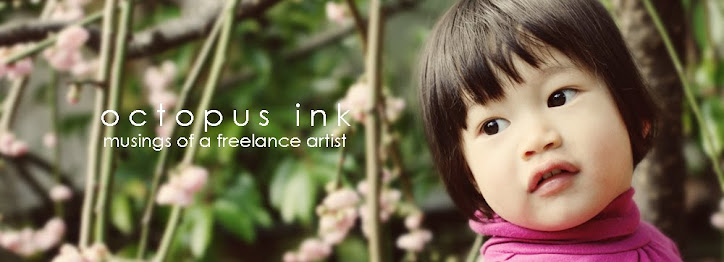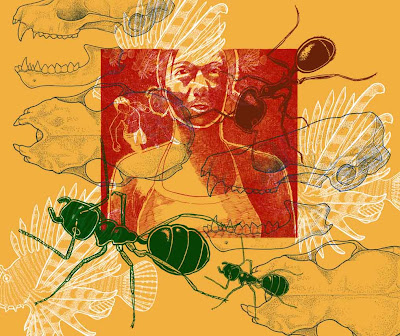
This is a leopard shark, named for its spots, rather than demeanor. As adults, they are about 4-5 ft long (that's 1.2 to 1.5 meters for you metric people), and are really quite harmless to humans. I know because I have snorkeled with these creatures, on a trip subsequent to the previously mentioned "terrifying" first snorkeling experience. I should explain that as a lousy swimmer, the most unideal place to be introduced to snorkeling in San Diego is off a rocky shore near to marine caves. I was at the mercy of the waves. Though I'm sure the marine life is fantastic there, the waviness and depths are more suited to confident snorkelers.
Instead, I recommend snorkeling at the sand bar in front of the Marine Room (a fancy beach front restaurant) on La Jolla Shores, just north of all the caves and the tide pools. One doesn't have to go deeper than 4ft before you can see leopard sharks, guitarfish and rays. They tend to stick to the sandy bottom, so you don't have to worry about collisions. And they eat things like crustaceans, not humans. They're particularly abundant in the late summer, ie. Now. A bad surf day is a good snorkel day!














